No Creepy Crawlies Here: Gallery of the Cutest Bugs
Cute Bugs and Adorable Insects
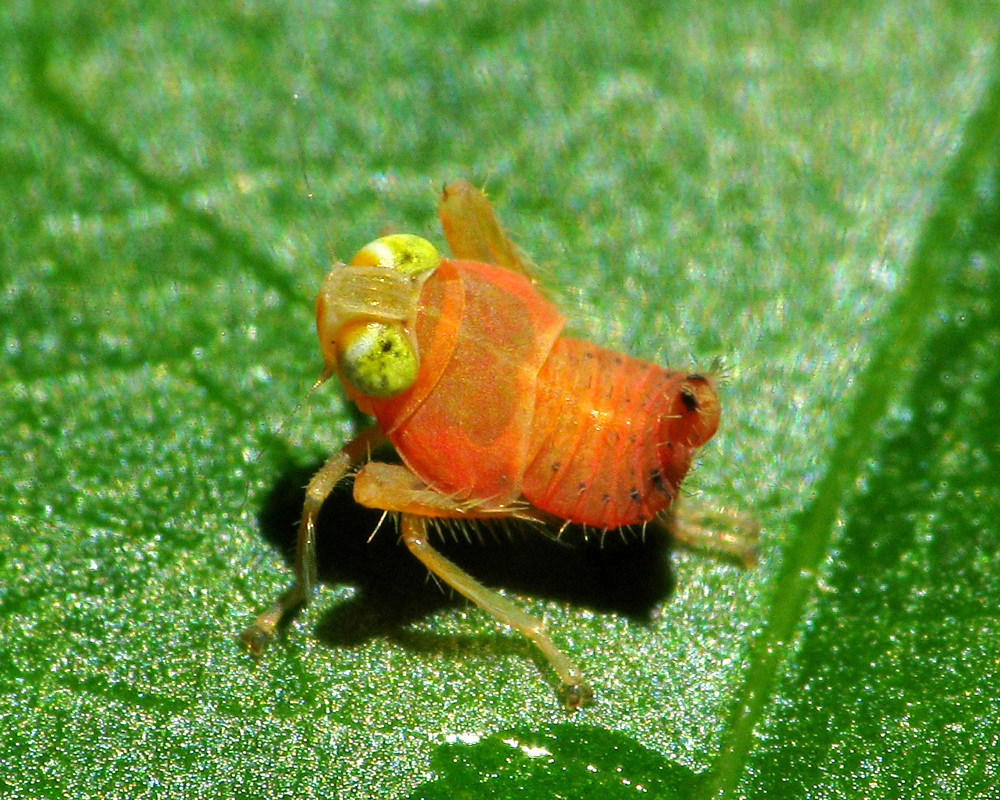
From the cartoonish cottony cushion scale to the darling damselfly, we've rounded up images of the world's most adorable insects. Click on for fuzzy bumblebees, rainbow-winged beetles and googly-eyed caterpillars galore.
Cartoonish Cottony Cushion Scale
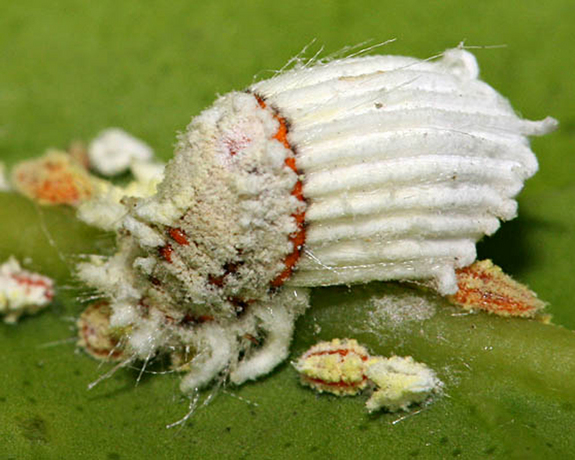
This bizarre bug that looks like a rolled-up gym sock with a red, cartoonish face has quite an unusual sex life. Researchers from Oxford University in the United Kingdom discovered that the cottony cushion scale (Icerya purchase) insect isn’t a hermaphrodite — the species' females actually fertilize their own eggs through infectious, parasitic tissue that infects them at birth and is derived from the leftover sperm of their fathers. The odd species can be found in citrus groves worldwide.
Puppy-Faced Saddleback Caterpillar

The saddleback caterpillar (Acharia stimulea, formerly Sibine stimulea) looks like a colorful cross between a Chinese parade dragon and a Scottish terrier. It's the larva of the saddleback caterpillar moth and is native to eastern North America. Although it may look cute enough to pet, watch out — its spikes, called "urticating hairs," are full of venom and deliver a painful sting.
Cartoon Bug: Baeus

This cute little guy is known as Baeus (Scelionidae), or the dwarf flightless scelionid wasp. They're actually an egg parasite of spiders, including the black widow spider. The Baeus wasp doesn't need wings because it rides on a female spider's back until she lays her eggs, at which point the wasp attacks the egg sac.
Darling Damselfly
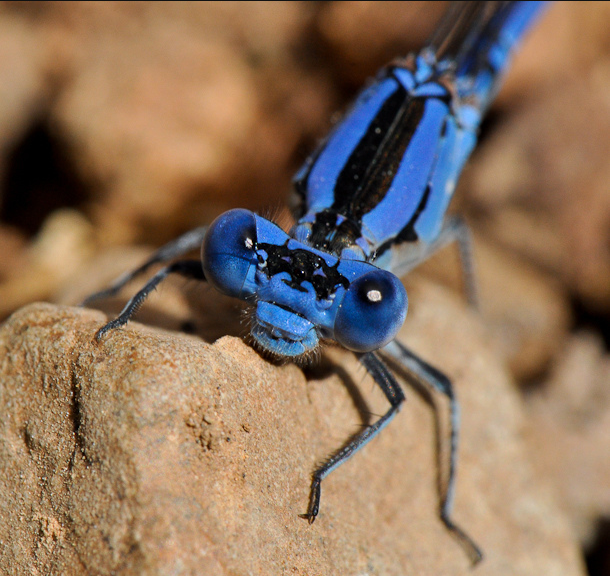
This electric-hued bug is called a blue-fronted dancer damselfly (Argia apicalis) and is in the insect order Odonata, which includes dragonflies, and the suborder Zygoptera. Although they look very similar to dragon flies, you can tell the two apart because damselflies hold their long wings along and parallel to their bodies when at rest, while dragonflies hold their wings outstretched and away from their bodies. This beauty was photographed near a body of water at Mount Diablo State Park in the San Francisco Bay area.
Chubby Bumblebee

Compared to wasps, bumblebees are quite gentle and docile. They generally are not inclined to sting unless their nests are disturbed, and spend their days buzzing from flower to flower as they collect pollen. They dwell in ground nests and die when autumn rolls around.
Hot Neon Hopper Nymph

Besides lime green googly eyes, this hopper nymph (Coelidia olitoria) has a vivid orange coloring that would makes it look right at home in a Pixar movie. Hopper nymphs come in a wide array of bright, bold colors, including green and yellow.
Get the world’s most fascinating discoveries delivered straight to your inbox.
Sweet Ladybug

Ladybugs are a safe (and cute) alternative to pesticides, especially in enclosed areas like the Mall of America.
Cute Caterpillar
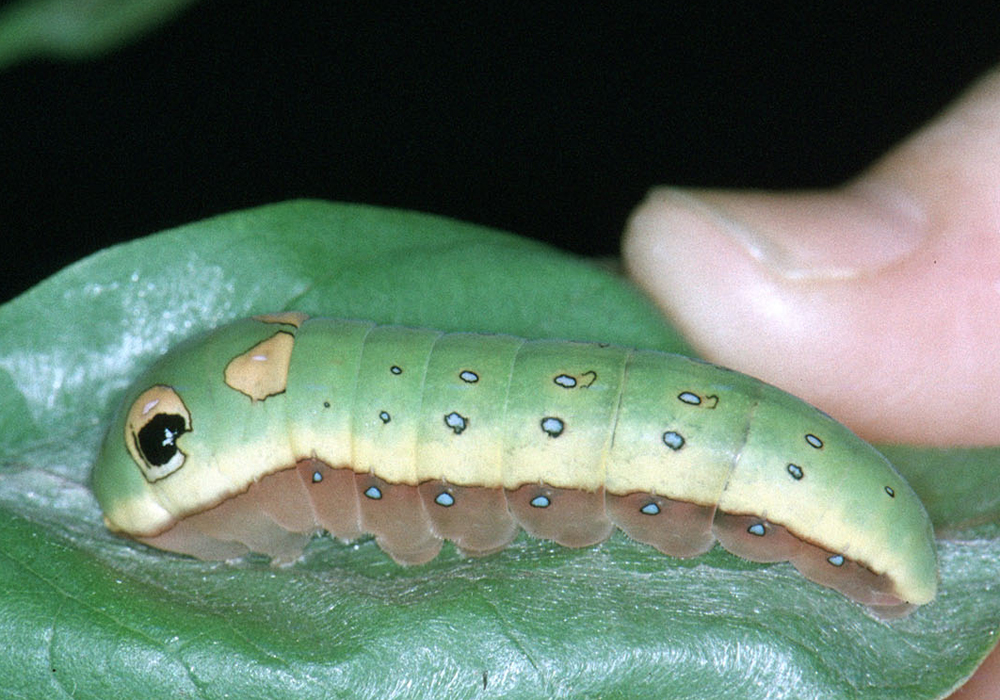
This anime-eyed caterpillar is the larva of the spicebush swallowtail (Papilio troilus), a beautiful black butterfly with azure blue accents. The caterpillar's deceptive pattern makes it appear to have large eyes that resemble a snake's. This is meant to scare off and confuse predators. The patterns of the eyes vary from caterpillar to caterpillar, making them appear to have different "facial expressions."
Shimmery Jewel Beetle

Metallic jewel beetles are perhaps the prettiest beetles next to ladybugs. There are approximately 15,000 species of jewel beetles worldwide, according to United States Department of Agriculture, with new species discovered as recently as July. The above beetle was identified as an Anthaxia nitidula species of jewel beetles that belongs to the Buprestidae family.
Wings of Love
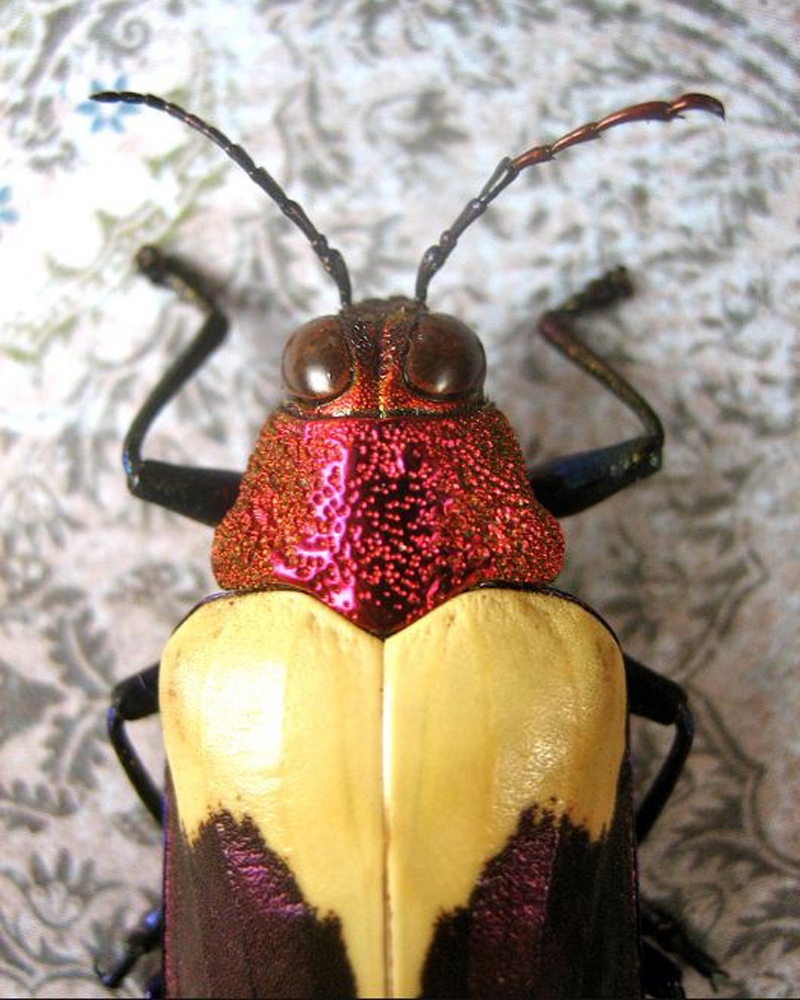
The extraordinary coloring and pattern of this jewel beetle species (Chrysochroa buqueti rugicollis) makes it appear to have a yellow heart on its back. When it opens its wings, this beetle reveals a shiny, navy blue body.
